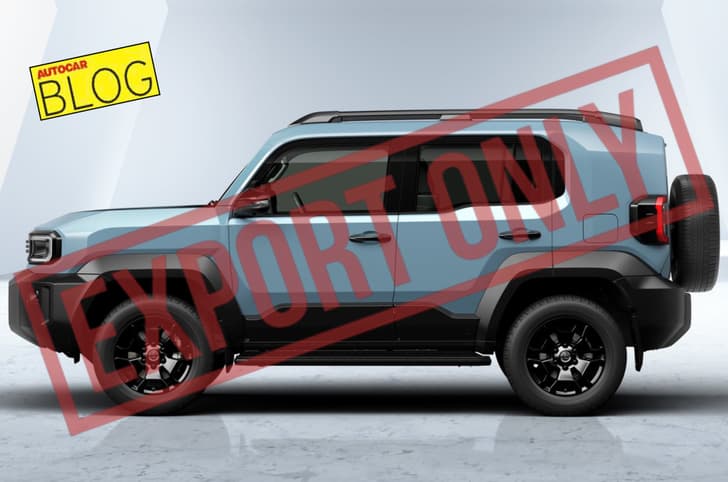The Centaur. Half man, half horse, and possibly the first crossover. You can sort of get the logic. The speed, power and endurance of a horse, intertwined with the inventiveness, intelligence and ruthless opportunism of a human. Yeah, it would have worked, like a charm.
This is true of vehicular crossovers too, especially in markets where customers are evolved enough to see the benefits of both. But do crossovers really work in India? The answer, it has to be said, was no. I can cite several examples; Maruti’s S-Cross, for one. It was a crossover that had everything going for it – size, space, well-specified cabin, strong engine, slick gearbox and stellar ride and handling. But, alas, it had a low roof. Hyundai’s Creta was less accomplished, but you only have to look at sales numbers to know which way things went. Similarly Renault’s Captur, a car based on the brilliant Duster, but again, one with a low roof. Coupé-like roofs are alright on sedans, I guess, and here they enhance the looks. But try using a low, coupé-like roof on an SUV, and Indian car buyers run a mile.
The confusion is understandable. On one hand, you want the thing to be upright. A tall stance, a high bonnet and an even loftier glasshouse. But then these ‘crossover’ things have a tall stance, but a low roof, and where’s the fun in that? So what gives? Why are we seeing more and more crossovers spilling over the horizon?
First up, Maruti’s nicely styled Fronx; a sort of baby S-Cross. And truth be told, the design works well. Really well. Then there’s Tata’s Curvv, a car that looks genuinely fresh, new and very modern. Not sure if we’ll see yet another concept iteration before the car goes into production, but what’s clear is that this is the swoopiest of SUV roofs we’ve seen. Then there’s Mahindra’s XUV Aero, and boy, is it crossover central. The roof is a pure arch, and the fact that it has no traditional B or C pillars makes it look even funkier. It looks a bit like Maruti’s SX4 from some angles though; the first crossover sedan. And there’ll soon be another – Citroën’s C3 X – again a sedan that will sort of have a profile like Maruti’s SX4.
So are Indian car buyers evolving faster than we expect? Or are manufacturers only adding crossovers to their existing range? It appears to be a bit of both. Sure, ‘uprights’ still rule, but market evolution today means a good crossover is likely to get more attention, more eyeballs and more cheques written in its favour.
So one thing’s for sure, we are going to see more and more crossovers, and more SUVs that blur the line. And for those who still say uprights rule, here’s a ‘curvv’ ball for you. What was the largest-selling SUV in India last year? It was the Tata Nexon. And have you seen its roof?



























